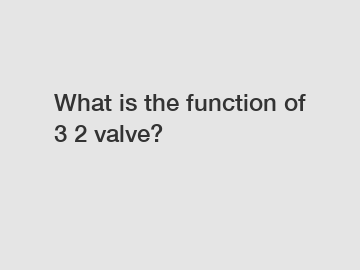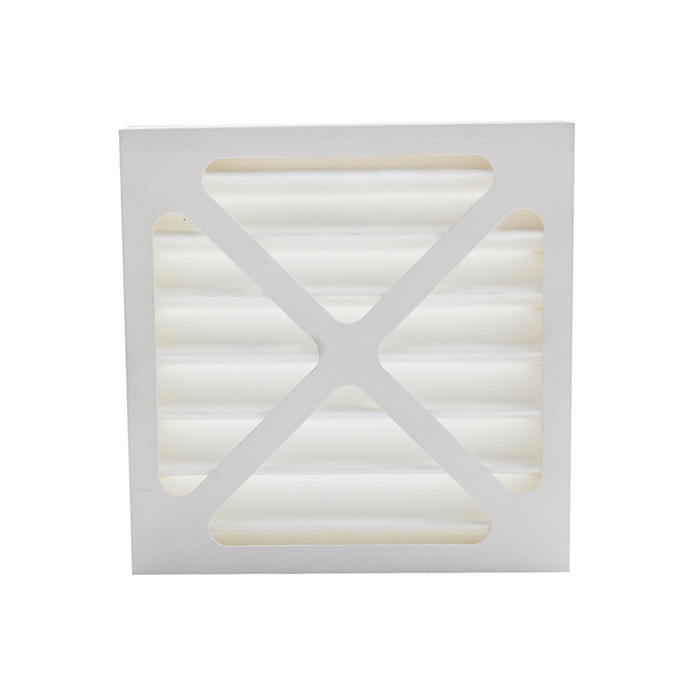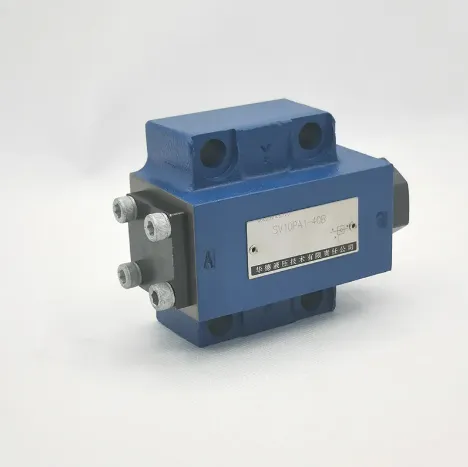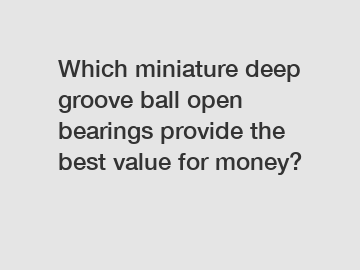What is the function of 3 2 valve?
In today's fast-paced industrial world, efficiency and productivity are paramount. At the heart of various systems that aid in smoother operations lies a crucial component known as the 3/2 valve. Though often overlooked, this valve plays a significant role in controlling the flow of fluid or air in a wide range of applications. In this blog post, we will delve into the inner workings of the 3/2 valve, highlighting its function, importance, and potential. Join us as we unlock the secrets behind this unsung hero of industrial automation.
Understanding the Basics.
The term 3/2 valve refers to a type of pneumatic or hydraulic valve that consists of three ports and two positions. By utilizing pressure differentials, these valves seamlessly direct the flow of fluid or air in various systems, providing control in both manual and automated operations. .

Function and Working Principles.
1. Flow Control: The primary function of a 3/2 valve is to regulate the flow of fluid or air within a system. When the valve is in its default state, it blocks the flow from one inlet port while allowing it to pass through another. When triggered, it changes position, redirecting the flow from one port to another. This controlled movement of the valve enables efficient control over the system's output.
2. Direction Control: A 3/2 valve also plays a critical role in determining the direction of transferring fluid or air within a system. Depending on its positioning, the valve either permits flow in one direction or blocks it, thereby facilitating the required movement in a controlled manner.
Applications and Significance.
1. Industrial Automation: The versatile nature of the 3/2 valve makes it an indispensable component in various automation systems. Industries spanning from manufacturing to robotics rely on these valves to enable seamless process control, providing the required precision and adaptability for efficient operations.
2. Actuation and Machine Control: By selectively shifting the valve position, it becomes the driving force behind many mechanical and electrical operations. From controlling actuators, cylinders, and solenoids to managing the movement of machinery parts, the 3/2 valve takes center stage in guaranteeing smooth functioning.
3. Safety Systems: In industrial settings, safety systems are of utmost importance, and the 3/2 valve contributes significantly to these endeavors. By blocking or allowing the flow of harmful substances or gases, these valves ensure pressure relief, emergency shutdowns, or controlled release of hazardous materials when needed.
Additional resources:How do you clean Airless Spray Pump Filters?
How Long Can a Diaphragm Pump Run Dry?
What are the top 5 advantages of E-Type Spherical Roller Bearings for B2B purchases?
The Ultimate Guide to Roller Bearings: Improve Conveyor Efficiency
What is the introduction of a resistor?
Optimize Fluid Systems with Adjustable Flow Control Valve: Answers to Google's Burning Questions
Can steering rack seals be replaced?
4. Fluid Power Systems: Fluid power systems, such as hydraulic and pneumatic setups, are ubiquitous across multiple industries. The 3/2 valve fits effortlessly into these systems, providing enhanced control over the fluid flow and direction, regulating pressure, and enabling the smooth functioning of complex mechanisms.
Maximizing the Potential.
Innovations and advancements in engineering have paved the way for improved performance and expanded functionalities of the 3/2 valve. Here are a few notable developments enhancing its potential:
1. Electronic Control: Integrating electronic control modules with the 3/2 valve allows for precise regulation of the system. Through sensors, feedback loops, and programmable logic controllers (PLCs), these valves can adapt, respond, and self-monitor, enhancing overall efficiency.
2. Compact and Lightweight Design: Shrinking the size and weight of the 3/2 valve has made it suitable for applications where space is limited. Its versatility makes it a practical choice for portable devices, robotics, and miniature systems, revolutionizing how automation and control systems operate.
3. Multipurpose Functionality: Modern iterations of the 3/2 valve offer versatility, often embodying additional features like pressure control, locking options, or fail-safe mechanisms. This adaptability ensures a broader spectrum of applications, making it an indispensable tool for diverse industries.
Conclusion.
As we examine the myriad of industrial components that propel our world forward, it is clear that the humble 3/2 valve plays a vital role in efficiency, system control, and safety. Its flow and direction regulation abilities make it a cornerstone in numerous sectors, from manufacturing to advanced robotics.
By understanding the inner workings and potential of a 3/2 valve, engineers and technicians can capitalize on its capabilities to push the boundaries of innovation and streamline industrial processes. As technology continues to evolve, we can only anticipate further enhancements to the already incredible functions this valve offers, solidifying its place as a fundamental component in the industrial landscape.
The company is the world’s best tubular check valve, Superimposed Throttle Valve, proportional solenoid valve water supplier. We are your one-stop shop for all needs. Our staff are highly-specialized and will help you find the product you need.
Additional resources:Boost Your Productivity: Strategies to Amplify Efficiency & Double Your Results!
How to Determine the Best Ball Bearing for a Successful Purchase?
How long do angle valves last?
What are the bucking units of mot?
Which Material Enhances the Performance of 6306 Ball Bearings?
Which non rising stem ductile iron gate valve offers the best durability and affordability?
Which industries benefit most from Customized Carbon Steel Castings?
Related Articles









Comments